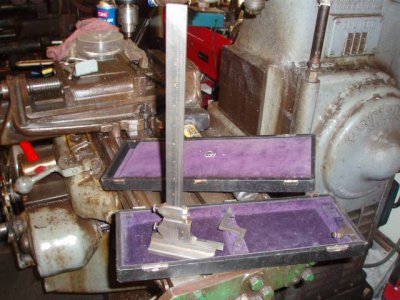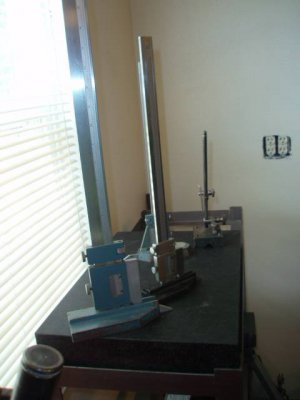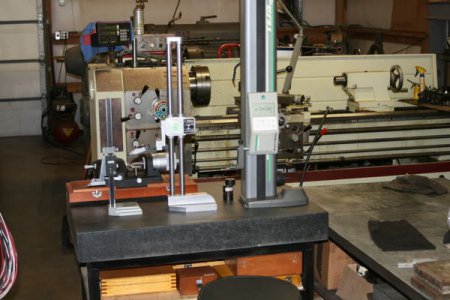- Joined
- Sep 22, 2010
- Messages
- 7,223
Hi,
So I'm reading again- (danger, danger)- and see there are many kinds of heights gauges that are used by machinists. This leads to the following questions:
1- What do you use them for in the hobby machine shop, if anything?
2- What brand would be good to buy?
3- Should I get digital or not?
4. Should I just make some, like this guy did? http://mikesworkshop.weebly.com/digital-height-gauge.html
Thanks for the answers....
Nelson
So I'm reading again- (danger, danger)- and see there are many kinds of heights gauges that are used by machinists. This leads to the following questions:
1- What do you use them for in the hobby machine shop, if anything?
2- What brand would be good to buy?
3- Should I get digital or not?
4. Should I just make some, like this guy did? http://mikesworkshop.weebly.com/digital-height-gauge.html
Thanks for the answers....
Nelson




